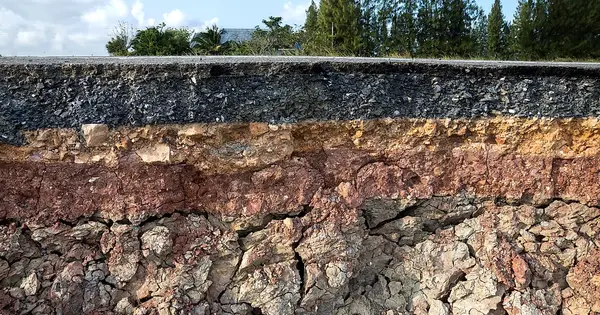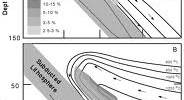Soil crusts are unique soil surface layers that are solidified with a platy surface and are distinct from the rest of the bulk soil. It is a community of living organisms that covers the soil surface in diverse habitats around the world. It is also known as biological soil crusts or biocrusts. Soil crusts can be biological or physical depending on how they arise.
Physical soil crusts are generated by physical impact, such as raindrops, whereas biological soil crusts are formed by populations of microorganisms that reside on the soil surface. Bacteria, cyanobacteria, algae, fungi, lichens, and mosses are all found in these crusts. They are important for soil stability, nitrogen cycling, and ecosystem function.
Functions:
- Soil Stability: The binding action of soil crusts helps prevent erosion by holding soil particles together. This is particularly important in arid and semi-arid regions where wind and water erosion can be significant.
- Nutrient Cycling: Soil crusts contribute to nutrient cycling by fixing nitrogen from the atmosphere and making it available to plants. They also play a role in carbon cycling.
- Water Infiltration: The crusts can enhance water infiltration by creating a porous surface that allows rainwater to penetrate the soil rather than running off.
Here are some key points about soil crusts:
- Composition: Soil crusts are made up of a complex assemblage of microorganisms. Cyanobacteria, which are capable of photosynthesis, are a significant component and contribute to the crust’s ability to fix atmospheric nitrogen.
- Formation: Biocrusts form through the gradual accumulation of microbial communities on the soil surface. The organisms within the crusts work together to bind soil particles, creating a stable structure.
- Distribution: These can be found in a wide range of environments, such as deserts, grasslands, and polar regions. They are especially common in arid areas, where they are critical for soil stability in the absence of considerable plant cover.
- Sensitivity: These are vulnerable to disturbances such as animal trampling, off-road vehicle traffic, and land-use changes. Human activities can damage these fragile crusts, causing soil instability and erosion.
Understanding the significance of soil crusts in ecosystem health is critical for long-term land management and conservation. Efforts are undertaken in many places to protect and restore these crusts in order to retain the ecological functions they provide.
















